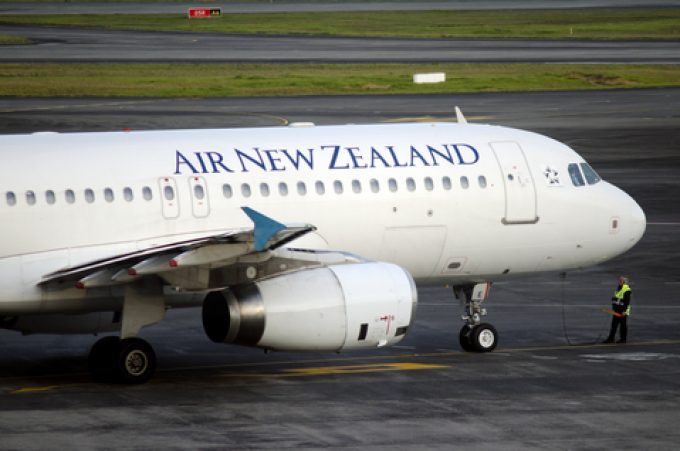News in Brief Podcast | Week 10 | TPM25, Hutchison Ports and tariff impacts
In this jam-packed episode of The Loadstar’s News in Brief Podcast, host and news reporter Charlotte ...

As cargo helps New Zealand’s flag-carrier make a comeback, efforts are underway to ensure sufficient airfreight capacity for the country’s key seasonal exports.
In a devastating year for the air industry, Air New Zealand posted its first financial loss in almost two decades and laid off ...
Keep our news independent, by supporting The Loadstar
Four crew members still missing as Wan Hai 503 continues to burn
Explosions and 'out-of-control' fire reported on Wan Hai box ship
Carrier price hikes hold, driving spot rates higher as space gets scarcer
Predatory rivals circle as the ripples from DSV's Schenker buy widen
MSC Elsa crew face criminal probe, as Wan Hai 503 firefighters battle on
'It's driving us mad', say forwarders as US court fails to end tariff turmoil
Transpacific rates ease as capacity boost proves too much for trades to digest

Comment on this article